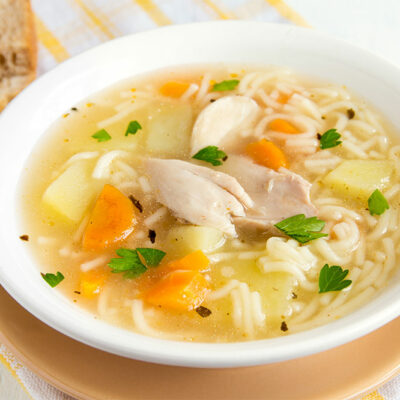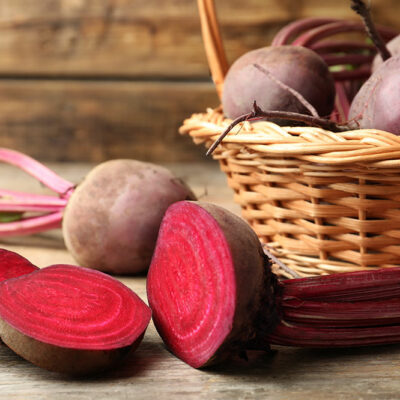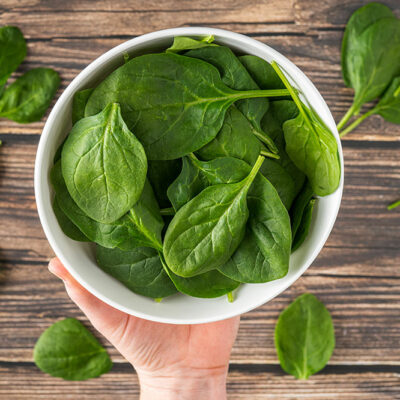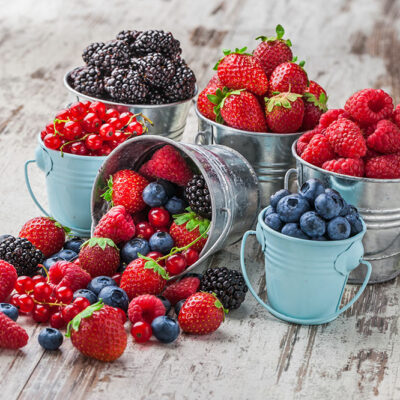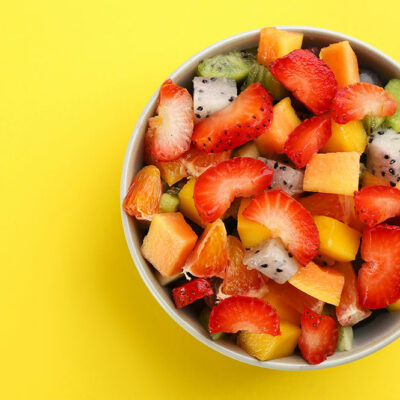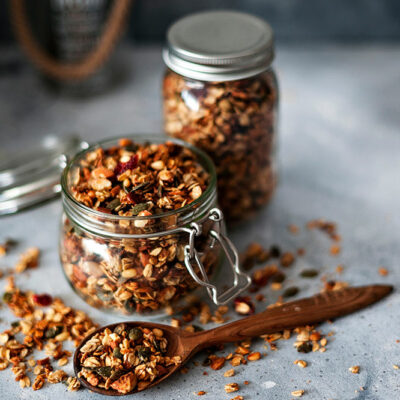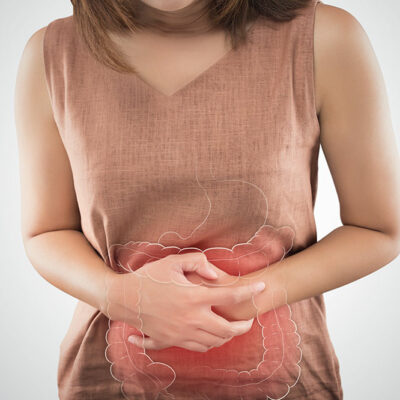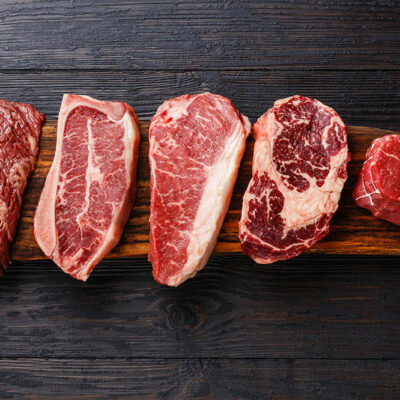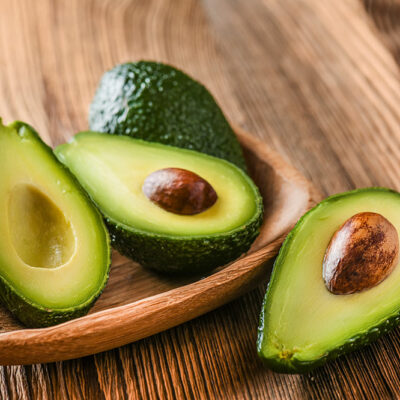
Food
7 Easy Cholesterol-lowering Snacks
High levels of cholesterol can result in problems like a slowed metabolism rate, weight gain, and uneven moods, among others. But, did you know that there is a distinct correlation between fatty snacks and blood cholesterol? While controlling what you eat can help lower your cholesterol levels, skipping meals altogether or counting calories isn’t the right option. Instead, opt for easy-to-make, healthy snacks to help battle high cholesterol. 1. Avocado on toast Avocado contains unsaturated fats, which keep the cholesterol levels in check. This fruit contains about 10 grams of fiber. If you pair this with whole grain, pumpernickel, or rye toast, it makes this snack even more fibrous. Add a squeeze of lemon juice or sprinkle some herbs like oregano for extra flavor. 2. Popcorn According to the American Heart Association, popcorns lower high blood cholesterol since they are rich in fiber content. In fact, popcorn contains more fiber than whole-wheat bread or brown rice. It is low on the calorie scale but it should be eaten in moderation. Skip the butter and add gouda, cheddar, or parmesan cheese to satisfy your snack cravings. 3. Nuts If you want to pick a great snack to battle high cholesterol levels then nuts are an ideal option.
Read More 